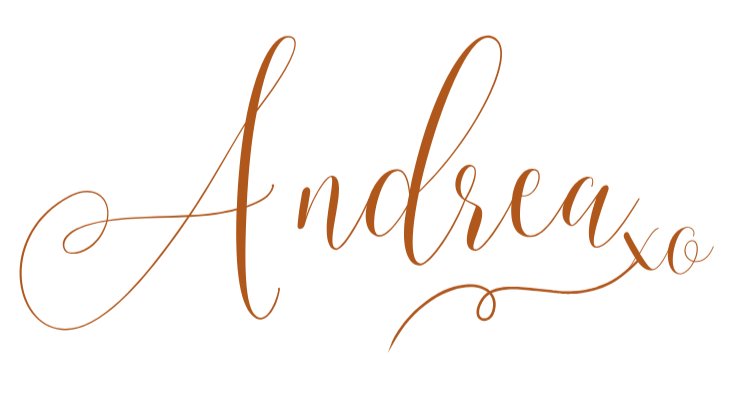Break free
- Andrea Garin
- Jul 28
- 4 min read

What Does Feeling Stuck Actually Feel Like?
Feeling stuck is hard to describe—and yet, if you’ve experienced it, you know it.
It’s not just a bad day or a moment of hesitation. It’s deeper than that. It's like standing at the edge of something you can't name, knowing you need to move but feeling completely unable to take the step.
Sometimes, it’s a creative block. You have ideas, but they won’t land. You try to write, paint, plan, or start something new, and instead, you stare blankly at the wall, scroll your phone or rearrange the spice rack—for the third time that day.
Sometimes, it’s physical. You want to move your body, clean the house, go for a walk, or just get up—but you feel heavy, foggy, like you’re moving through molasses.
Emotionally and spiritually, it’s even harder to explain. It’s the sense that something isn’t right, but you can’t put your finger on what. You feel disconnected from yourself, from your purpose, from joy. You crave change, but the thought of making any decision feels overwhelming.
And then comes the cycle. You know something needs to shift. You try to think your way through it. Maybe you start a plan, maybe you talk yourself out of it. You convince yourself it won’t work, you won’t follow through, or someone else could do it better. So you don’t act—and then you beat yourself up for not acting. The loop continues, and the frustration builds.
Feeling stuck can feel incredibly lonely, especially when, on the outside, everything might look “fine.” But inside, you feel like a version of yourself you don’t fully recognise—flat, uncertain, disconnected.
So how do we get stuck?
Sometimes it’s from burnout—physically and emotionally running on empty for too long. Sometimes it comes after big life changes, like the loss of a job, the end of a relationship, or children growing up and needing us differently. Sometimes it’s trauma, past experiences that told us it wasn’t safe to take up space, speak up, or move forward. And sometimes, we get stuck because deep down, part of us is still trying to stay safe. Doing nothing might not feel good—but it feels familiar. And familiar often feels safer than the unknown. If any of this resonates, please know you’re not alone—and you're not broken.
How to Begin Getting Unstuck (Gently)
Getting unstuck isn’t about pushing harder or “snapping out of it.” It’s like being in quicksand: the more pressure you put on yourself to "just move," the deeper you seem to sink. It's often about slowing down, turning inward, and gently exploring what your mind and body are trying to tell you. It's about making space for small shifts. Softening the voice that says you should have it all figured out. So how do you begin?
You start small. Gently. Kindly. Without demanding that you have all the answers first. One of the most important shifts is recognising that being stuck isn’t a character flaw or a failure. It’s a signal. A sign that something in your life needs attention, care, or change. That you’ve perhaps outgrown a situation, habit, belief, or role—but haven’t yet found the next step forward. When we stop judging the stuckness and start listening to it, we open the door to clarity.
Here are some small, supportive ways to begin:
1. Start where you are—literally
Pick one tiny, tangible task. Not the biggest or most important one. Just something that reminds you: I can take action. It might be making your bed, replying to one email, or drinking a glass of water. This isn’t about productivity—it’s about movement. Momentum often starts with the smallest steps.
2. Get curious, not critical
Instead of berating yourself for not “doing more,” try gently asking:What’s really going on underneath this stuckness? Am I afraid? Am I exhausted? Am I trying to meet expectations that don’t feel like mine?Often, the stuck feeling is layered—rooted in past experiences, unmet needs, or burnout. Curiosity helps create space for self-compassion.
3. Tidy something
This might sound simple, but physical clutter can mirror mental overwhelm. Clearing a drawer, a desk, or one surface can bring a surprising sense of relief. It doesn’t fix everything—but it reminds your nervous system that change is possible, even in small doses.
4. Reconnect with your body
When we’re stuck in our heads, it helps to come back to the body. Stretch. Breathe deeply. Go for a short walk. Feel your feet on the ground. The body often knows what the mind can’t quite grasp.
5. Say it out loud
Talk to someone you trust—a friend, a therapist, or even yourself in a journal. Speaking the truth of how you feel can begin to loosen the grip of stuckness. You don’t have to figure it all out. You just need to name what’s there.
6. Let it be imperfect
There’s no “right” way to get unstuck. Your path forward won’t look like anyone else’s—and that’s okay. Trust that even slow progress is still progress. You’re allowed to take your time.
Sometimes, having someone walk alongside you—someone who can help you make sense of what your feeling —can make all the difference.
You don’t have to stay in this place forever. There is a way through. Even if you can’t quite see it yet, you can begin. You don’t have to leap, just one gentle step at a time... then another.
Over time, those small steps carry you forward and back to yourself





Comments